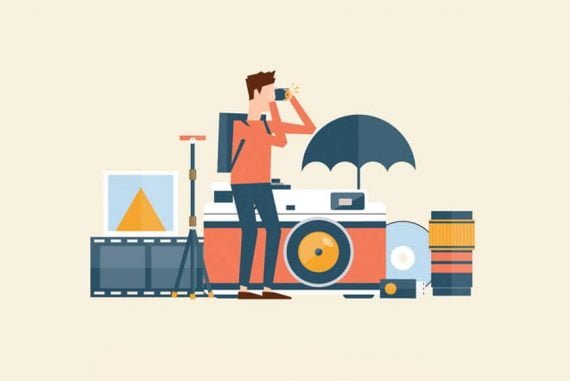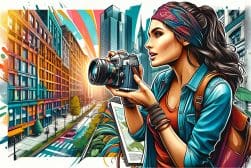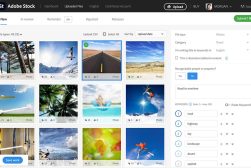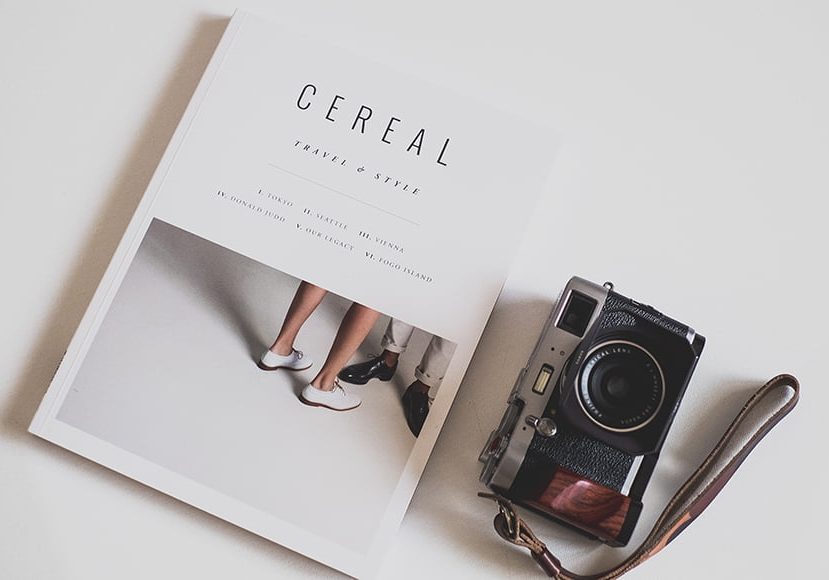
What is Editorial Photography? (+ Settings, Ideas & Examples)
Find out the difference between editorial and commercial photography in this must-read guide! Plus all the rules on licensing.
Learn | Photography Guides | By Ana Mireles
Are you confused about editorial photography? Believe me, you’re not alone.
The first thing that comes to mind is to think it refers to images used by editorial houses, in other words, the ones published in books and magazines.
This is only partially true. More specifically, it can relate to aesthetics when you talk about editorial style, or it can be about the use you give to it.
There are two different types of licenses: editorial and commercial, and we’ll examine them both for clarification.
Let’s dive right in with a definition…
What is Editorial Photography?
Editorial photography is the usage of editorial images to illustrate, inform, educate or tell a story along with the text in a publication. Editorial photography can be found in books, magazines, on websites, in the newspapers and even in an editorial presentation.
Now that we know that, we have to divide the concept of editorial photo in two. The one that refers to a style and the one that’s about legal matters.
Let me start with the legal, in other words, the license of use. When you talk about editorial, it means that a photograph can’t be used in advertising.
Images that are marked for editorial use are meant to be informative, so they can be about news or an event. In other cases, they can show an object or an action as a demonstration of what an article is talking about.
In the case of editorial images, you usually don’t need releases from the subjects or brands that are represented. Keep in mind that this is just a general rule. Things can be different from country to country and laws can be updated, so don’t take this as legal advice.
For example, if you want to sell your images on a stock photography website, they will have different rules about the images you can submit for editorial use because they don’t know how or where the image will be used.
Selling photos from an event in public areas will be accepted in all websites as editorial photography. Uploading a studio session with a model without a release can’t be done in some stock sites without a release, even if you just want to sell it as editorial. So it can be a case by case situation.
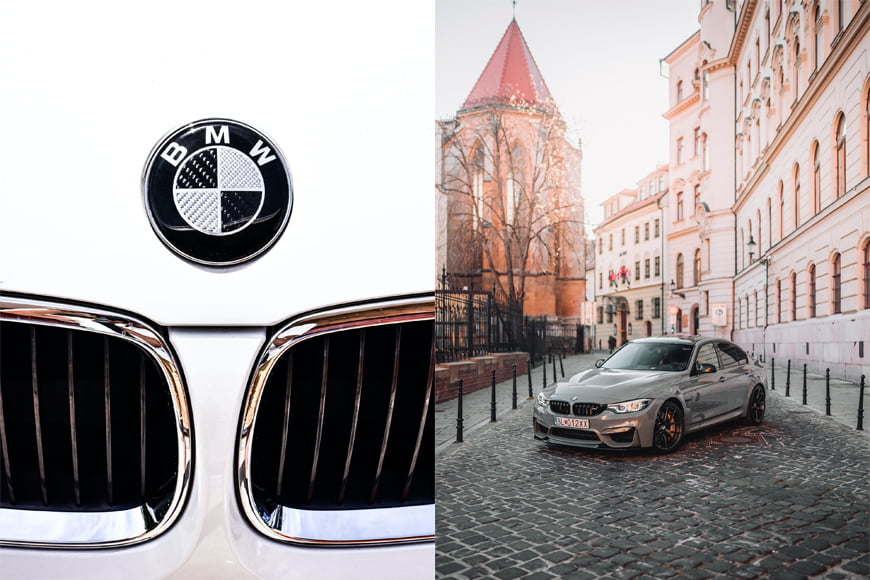
Credit: Left photo by Zane Lee; Right photo by Stephan Louise.
When you’re referring to editorial as a style, then it’s about storytelling. Your image needs to communicate what’s going on and get the observer involved.
Take these images as an example. The one on the left looks more like an advertising campaign as it’s only showing a brand and it doesn’t provide any context.
The photo on the right has an editorial style as it conveys a particular mood. It could be illustrating an article about the brand, or even be about lifestyle or traveling and have nothing to do with the car.
Editorial photographers can stage and produce an image, so there’s more creative control than other types of photography like documental or journalism.
And you’re not executing a client’s idea like you do in commercial photography. Although, you are going to be on assignment so you do need to follow the briefing.
Just remember that editorial style means that images should look natural and tell the message in the best possible way.
There are many types of editorial photographers, you can specialize in news and events or studio images recreating real-life situations.
-
How do you become an Editorial Photographer?
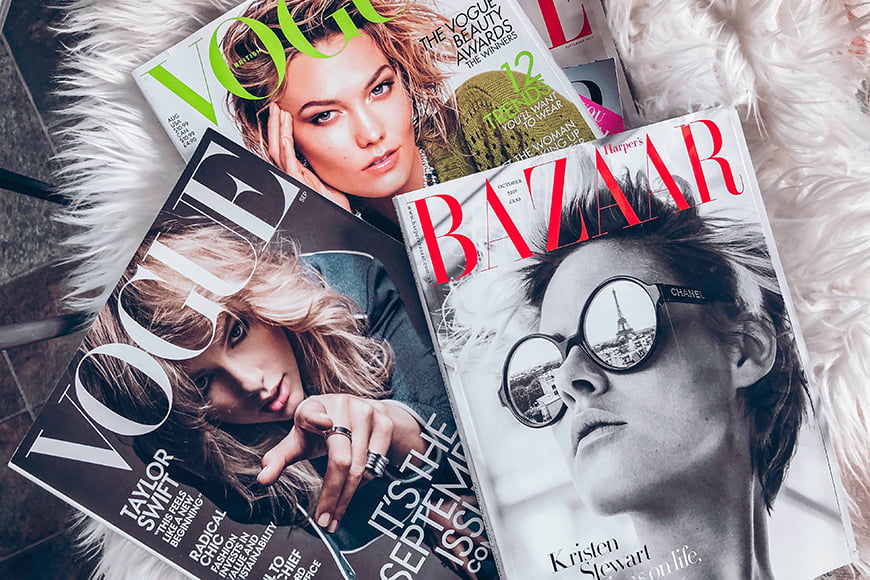
Credit: Alex Maloney
The first thing you need to do is decide what type of editorial photography you want to do. As I mentioned earlier, there are different areas to focus on and it will also depend on your skill level.
Once you decide what it is that you want to shoot, study your ideal customers and the kind of photography they publish.
How Much Do You REALLY Know About Photography?! 🤔
Test your photography knowledge with this quick quiz!
See how much you really know about photography...

For example, if you choose to be an editorial travel photographer, find the type of magazines that you’d like to work with.
You won’t find the same type of photographs in Conde Nast Traveler that focuses on luxury trips and destinations, as the ones from Backpacker’s magazine targeted to adventure travelers.
Once you have a better idea of what you want and need to do, go out and practice. The more you practice, the better you’ll become. There’s no shortcut to it.
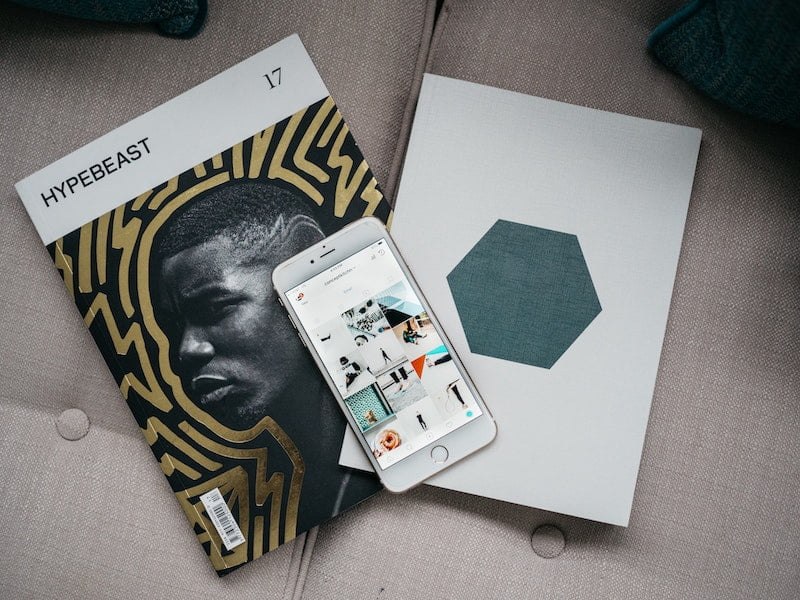
Credit: The Creative Exchange
From that practice, start putting together a strong portfolio. That’s your best presentation card. All that’s left from here is finding the clients.
There are few ways to go about this, for example, try working on your own and then selling the final project to a publication.
It’s difficult to get assignments as a first step. This of course depends on the type of photography.
If a magazine doesn’t know you, they might be reluctant to send you out to cover an event. It’s a liability for them to send someone that they don’t yet trust to cover something that happens only once.
In these cases, it’s easier to go out as a freelancer and then contact the editors to offer your images.
Other types of editorial jobs are easier to get in advance if you have a compelling portfolio that fits the style of the client. For example, a food magazine.
If you have to illustrate a story about a certain ingredient or dish, then you’ll be working in a studio or location under controlled circumstances.
So everything depends on what you want to do and how to approach it. You can start by assisting other photographers too.
Don’t forget about stock photography websites. This is an extra income for most editorial photographers.
-
How much does an Editorial Photographer make?
The website Glassdoor marks an average of $30,367 for an editorial photographer based in the United States.
While PayScale says editorial photographers make an average of $46,005 plus $1,028 in bonus, $5,500 in commissions, and $989 in profit sharing.
This will be different in each country of course, and the type of work you have. It’s not the same income if you’re freelancing as opposed to being employed by a magazine. It will also depend on a photographer’s skill level.
It will also depend if you do editorials for publications or you sell your images in stock. You can do both things, just be careful about the licenses.
If you sold your editorial photos to a magazine and you gave exclusive rights for a certain period of time, then you can’t sell them as stock photos until the license has expired.
What is the Difference between Commercial and Editorial Photography?

Credit: Sebastian Herrmann
The main difference between both types is that commercial photography is trying to sell, while editorial is informing or illustrating.
Sometimes it’s difficult to understand the difference because the same image can be both things depending on how it’s used.
Look at the example image here, this photo can be both editorial and commercial depending on how it’s used. If you’re writing an article about headaches affecting performance in the workplace and you illustrate it with this image, then it’s editorial.
If instead, you put the logo of a headache medication and place it as advertising for that brand, then it’s commercial.
-
What is a ‘Commercial’ Image?

Credit: Tim Gouw
Commercial photography is intended to sell a specific product or brand. For example, you could use this photograph for marketing the coffee brand Illy.
Used as a commercial image, you need to have releases for any item that is subject to copyright, as well as the one from the models.
A release is a contract or written permission to use their image. This means a model release for each subject, a property release from the cafeteria, one for the fashion brand of the model’s wardrobe, etc. Basically, anything that shows and is recognizable.
Model releases are common with fashion photography, fashion editorials, and even when the subject photographed isn’t even a professional model.
This is because not only logos are copyrighted, designs are too. For example, if there was a parked car, you would need a permit to use it as commercial photography, even if you can’t see the name of the brand.
If there’s no problem with the design but there is a logo, then it’s easy to erase it using the Healing brushes or the Clone tool in Photoshop by any photo editor or creative director.
In this case, you would have to erase the Nikon logo from the camera, or the Mac logo from the laptop that the model is using.
Some other examples that use commercial photography are:
- The images in the brochure of a gym.
- The photographs from an advertising campaign or other advertising purposes.
- The images in sponsored ads on social media.
- The photos of a product on its packaging.
- Images on commercial websites, that includes your own if you’re a professional photographer. So, make sure you have releases when you create your portfolio.
Now let’s take a look at another commonly misunderstood term.
-
What is an Editorial Image?
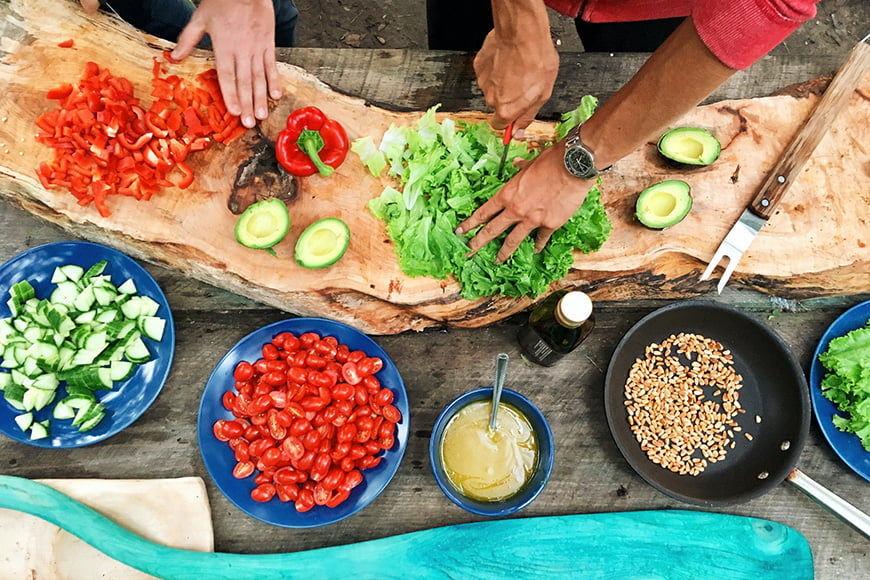
All rights reserved. Credit: Maarten van den Heuvel
An editorial photograph tells a story, usually accompanied by text although not always. Based on what I told you before about the commercial images rules, you might be thinking that everything is fair game as long as it’s used as editorial. But, it’s not.
The first limit for editorial use is the right to privacy. So, you can’t use a photo that infringes on the rights of people.
There was a time when photographing people in public spaces wasn’t a problem. As Diane Arbus once said: “One of the risks of appearing in public is the likelihood of being photographed”.
But this is not the case anymore in some places. A crowd is generally not a problem, but when one person is the obvious subject of the picture, then you need to check the local laws even if they are in a public space.
To be on the safe side, I’d recommend always getting a release.
Another case where you can’t photograph and much less publish images of people without their consent is in the privacy of their home.
If you’re on the street and turn to the window of a building to photograph it, make sure that no one from the inside is visible. Otherwise, you will need a release.
Children are also off the table in most situations unless you have the parent’s or legal guardian’s consent.
It’s not just people who represent a liability when doing photography for editorial use, also private events or locations.
Let’s say that there’s a parade on the main street of your town, that’s OK. However, if it happened in a private venue that was open to the public, this doesn’t mean you have free reign as a photographer.
In this case, you can either get the property release or register as press and use the pass as legal permission for you photographing and publishing the event as editorial.
It’s not all prohibitions though, for this type of photography it’s not a problem if there are any logos showing.
Some other common examples where you can publish photography for editorial use:
- A recipe with step by step photos in a cooking magazine editorial.
- A local newspaper with stories talking about an annual community event with photos from each year.
- The contact page of a website illustrated with a photo of a keyboard or a phone.
- The photographs that illustrate these articles for educational purposes.
Final Words about Editorial Photography
I hope I made things clearer for you regarding what is editorial photography. Please consider that this is in no way a substitution for legal advice regarding licenses, release forms, or usage rights.
This is not a clear cut matter – it’s more of a case by case situation. Sometimes it needs to be solved in court, so I strongly advise you to always be on the safe side. Get the releases even if you’re not planning to use your images for commercial purposes.
If you’re unsure about editorial and commercial licenses, check stock websites because they usually have very good explanations on what you can or can’t use.
Also, remember to be respectful of people. If someone on the street or an event that you’re covering asks you not to photograph them, just don’t do it.
I know there are many rules and it can sound confusing but to sum up, it comes down to deciding if you are informing or advertising. Is your photo used to illustrate or to sell?
If you have any other advice or tips on how to license images, understand editorial photography or recommend a stock agency, share it in the comments section below.

Check out these 8 essential tools to help you succeed as a professional photographer.
Includes limited-time discounts.






